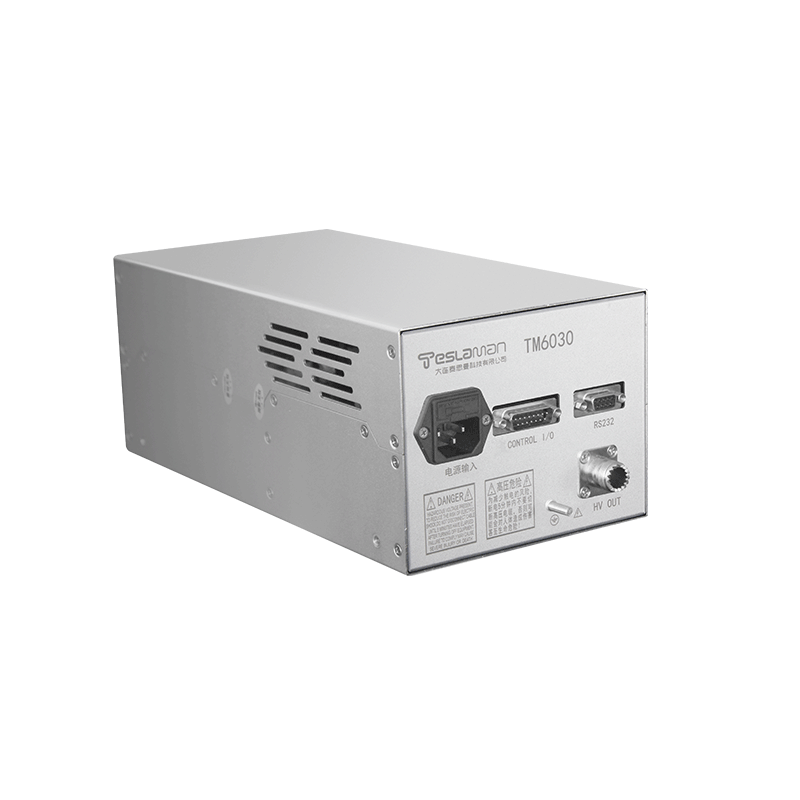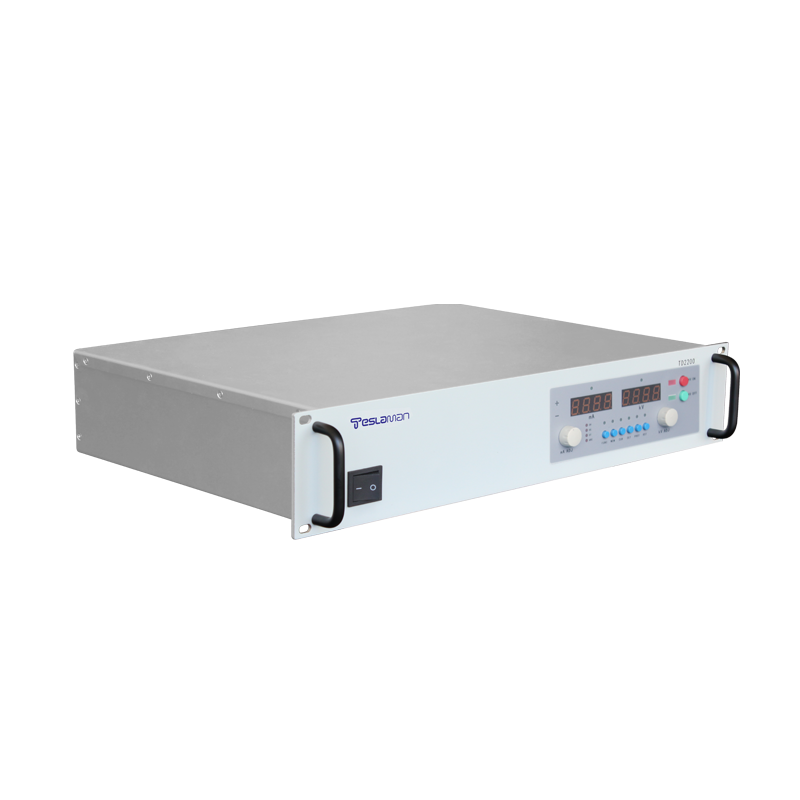Stability Assurance of Pumping Speed for High-Voltage Power Supplies in Ion Pumps
Ion pumps are widely used in high-vacuum systems (e.g., semiconductor etching, vacuum coating, and particle accelerators) to maintain vacuum levels below 10⁻⁷ Pa. Their pumping speed, which is the volume of gas pumped per unit time, depends on the stability of the ionization voltage provided by the high-voltage power supply. Voltage fluctuations of ±1% can lead to pumping speed variations of up to 10%, affecting vacuum stability.
The stability assurance scheme for ion pump pumping speed focuses on voltage stabilization, fault prevention, and environmental adaptation. Voltage stabilization is achieved through a linear voltage regulation circuit. A power MOSFET with low on-resistance (≤5Ω) is used as the series regulator, and a high-gain operational amplifier (open-loop gain 120dB) adjusts the MOSFET gate voltage to maintain a stable output voltage, reducing voltage fluctuations to ±0.2%. Fault prevention is implemented via real-time monitoring. Sensors detect parameters such as output voltage, current, and internal temperature of the HVPS. If an anomaly is detected (e.g., voltage exceeding ±2% of the set value or temperature above 85°C), the system triggers an alarm and switches to a backup voltage source within 50ms to avoid pumping speed interruption. Environmental adaptation includes humidity and vibration resistance. The HVPS circuit board is coated with a conformal coating (thickness 30μm) to prevent moisture-induced leakage, and vibration-damping rubber pads (damping ratio 0.3) are installed to reduce the impact of mechanical vibration (≤50Hz) on voltage stability.
In a semiconductor etching machine test, the optimized HVPS maintained the ion pump's pumping speed variation within ±2% over 1000 hours of continuous operation, ensuring the vacuum system remained stable at 5×10⁻⁸ Pa, which is 50% more stable than systems using traditional HVPS.




















